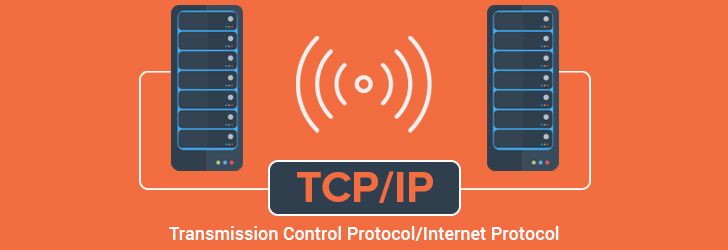The Internet Protocol (IP) is the address system of the Internet and has the core function of delivering packets of information from a source device to a target device. IP is the primary way in which network connections are made, and it establishes the basis of the Internet. IP does not handle packet ordering or error checking. Such functionality requires another protocol, often the Transmission Control Protocol (TCP).
The TCP/IP relationship is similar to sending someone a message written on a puzzle through the mail. The message is written down and the mystery is broken into pieces. Each piece then can travel through a different postal route, some of which take longer than others. When the puzzle pieces arrive after traversing their different paths, the pieces may be out of order. IP makes sure the pieces arrive at their destination address. TCP can be thought of as the puzzle assembler on the other side who puts the pieces together in the right order, asks for missing pieces to be resent, and lets the sender know the puzzle has been received. TCP maintains the connection with the sender from before the first puzzle piece is sent to after the final piece is sent.
IP is a connectionless protocol, which means that each unit of data is individually addressed and routed from the source device to the target device, and the target does not send an acknowledgment back to the source. That’s where protocols such as TCP come in. TCP is used in conjunction with IP in order to maintain a connection between the sender and the target and to ensure packet order.
For example, when an email is sent over TCP, a connection is established and a 3-way handshake is made. First, the source sends an SYN “initial request” packet to the target server in order to start the dialogue. Then the target server sends an SYN-ACK packet to agree to the process. Lastly, the source sends an ACK packet to the target to confirm the process, after which the message contents can be sent. The email message is ultimately broken down into packets before each packet is sent out into the Internet. It traverses a series of gateways before arriving at the target device where the group of packets is reassembled by TCP into the original contents of the email.

The primary version of IP used on the Internet today is Internet Protocol Version 4 (IPv4). Due to size constraints with the total number of possible addresses in IPv4, a newer protocol was developed. The newer protocol is called IPv6. It makes many more addresses available and is increasing in adoption.
